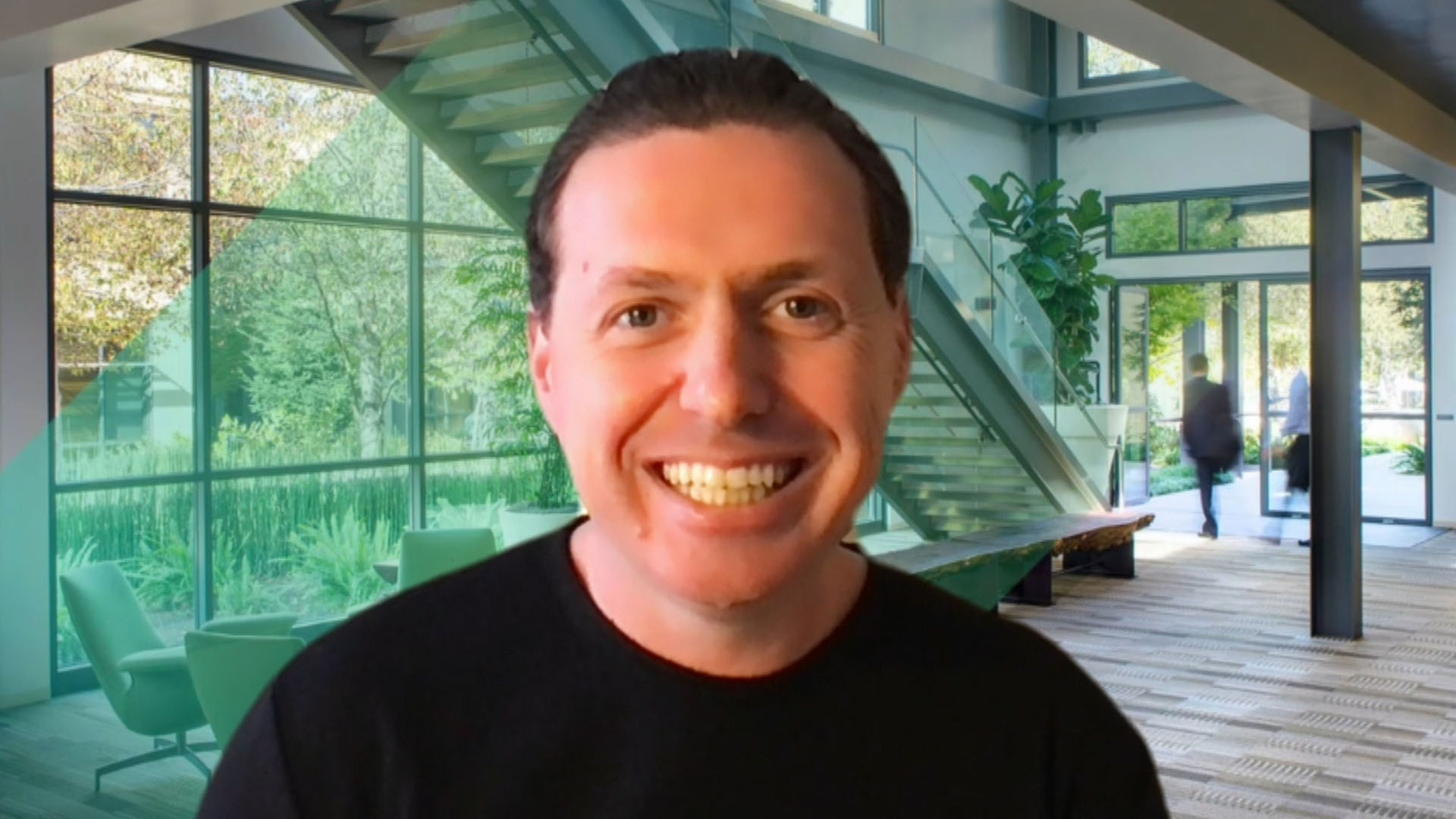 CLOUD
CLOUD
 CLOUD
CLOUD
 CLOUD
CLOUD
As the wave of modernization moves across the business landscape, it is changing how software is developed. The discrete stages of the original development lifecycle have been replaced by constant development and integration.
“Modern apps to me are inherently iterative and inherently scalable and amenable to change,” said James Watters (pictured), chief technology officer of the Modern Application Platforms Business Unit at VMware Inc. “They should be flexible to be constantly iterated on, maybe, at least once a week at a minimum and designed and engineered to do that.”
Watters spoke with John Furrier, host of theCUBE, SiliconANGLE Media’s livestreaming studio, during AWS re:Invent. They discussed how VMware Tanzu is helping companies create and manage modern applications without having to hire a team of new developers. (* Disclosure below.)
Application modernization comes with a side of containers and microservices, and many DevOps teams have chosen to use the open-source container management service Kubernetes to control the resulting complexity.
“Every infrastructure provider is bringing Kubernetes everywhere. And then that unleashes this really exciting moment where you’ve got this global control plane that you can program to be your DevSecOps platform,” Watters said, referring to VMware’s Tanzu Mission Control.
But, he pointed out, Kubernetes doesn’t come with a set of application patterns or controllers built for modern apps. The answer is to prioritize the developer experience and simplify application production. Cloud native companies Netflix Inc. and Uber Inc. did this by building developer platforms on top of their Kubernetes infrastructure. But doing this in-house is an expensive and time-consuming process inaccessible to all but hyperscalers. This is why VMware created the Tanzu Application Platform.
The Tanzu Application Platform simplifies modern application development in three ways, according to Watters. The first is an application template that provides a “how-to” for building streaming apps on Kubernetes.
“Click here, and you’ll get in your version control and we’ll build a Kubernetes manifest for it,” Watters said.
The second enables secure, automated containerization, and the third auto-detects an application and builds a Kubernetes deployment. These remove the chance of developer error in the containerization and deployment processes.
“We’re basically trying to reduce the burden on the developer from having to understand everything about Kubernetes to really understanding [just] their domain of the application,” Watters stated.
Watch the complete video interview below, and be sure to check out more of SiliconANGLE’s and theCUBE’s coverage of AWS re:Invent. (* Disclosure: VMware Inc. sponsored this segment of theCUBE. Neither VMware nor other sponsors have editorial control over content on theCUBE or SiliconANGLE.)
Support our mission to keep content open and free by engaging with theCUBE community. Join theCUBE’s Alumni Trust Network, where technology leaders connect, share intelligence and create opportunities.
Founded by tech visionaries John Furrier and Dave Vellante, SiliconANGLE Media has built a dynamic ecosystem of industry-leading digital media brands that reach 15+ million elite tech professionals. Our new proprietary theCUBE AI Video Cloud is breaking ground in audience interaction, leveraging theCUBEai.com neural network to help technology companies make data-driven decisions and stay at the forefront of industry conversations.